In order to meet the aviation industry’s long-term carbon reduction goals, Boeing believes it will be necessary to raise the limit on what percentage sustainable aviation fuels (SAF) can be blended with conventional jet kerosene. The US aircraft manufacturer has therefore set a goal that commits its commercial airplanes to being capable and certified to fly on 100% SAF by 2030. At present, blends are permitted up to a maximum of 50%, with fuels from some technology pathways less than that, under ASTM standards agreed by regulatory, fuel and aviation industry experts. Boeing said it will determine what changes are required to its current and future airplanes to enable them to fly on 100% sustainable fuels, and to work with regulators, engine companies and other stakeholders to ensure commercial aircraft operators can fly entirely on sustainable jet fuels.
“Our industry and customers are committed to addressing climate change and sustainable aviation fuels are the safest and most measurable solution to reduce aviation carbon emissions in the coming decades,” said Stan Deal, Boeing Commercial Airplanes’ CEO.
The 2030 commitment is restricted to current and future drop-in fuels rather than new power sources such as hydrogen and electric, which will require fundamentally new aircraft architectures, said Sean Newsum, Director of Environmental Strategy at Boeing. Potential new fuels include power-to-liquid.
“We’re focused on a wide aperture of fuels, so long as the technology pathway is sustainable,” he said. “We don’t favour one over another.”
Given the very low quantities of SAF available to airlines, why the need now to raise the blending limit?
“There’s been rapid progress with testing and certification but not as fast in supply scale-up,” admitted Newsum. “As we see from the daily flights using SAF at Los Angeles by United Airlines, there has been tremendous progress but it’s not nearly enough, despite us overcoming many of the technical issues.
“However, we must raise the blending limit to meet the industry’s 2050 climate goal. Airplanes flying then will have been made around 2030 and so we need to do this now to enable that future. We want to ensure airplanes are ready to accommodate 100% SAF when greater supply becomes available. It’s about operational capability in the future.”
He said the process to approve fuel specifications was lengthy by design to assure the fuel was safe and speculated it would be a number of years before a pathway was approved to allow production and commercial use of a 100% SAF. Nine pathways have so far been approved by standards body ASTM, with only four at the maximum 50% blend. Those restricted to 10% could take longer, he expected.
“There’s also more to using SAF than simply running an engine on it – there are storage and fuel systems involved,” said Newsum. Boeing has already carried out flight testing using 100% SAF on a FedEx-owned 777 Freighter as part of its 2018 ecoDemonstrator programme, which gathered performance data and demonstrate drop-in fuel properties.
Rolls-Royce recently carried out ground testing at its Derby, UK, facility of an engine demonstrator using 100% SAF produced by World Energy in Paramount, California. A change to allow 100% SAF would be ground-breaking in terms of sustainability, said the engine manufacturer.
“If SAF production can be scaled up – and aviation needs 500 million tonnes a year by 2050 – we can make a huge contribution for our planet,” said Paul Stein, Chief Technology Officer at Rolls-Royce.
“We know that is a big undertaking and will require teamwork right across a number of stakeholders, including aviation, the fuel industry and government bodies. These tests are a contribution to the SAF debate, aiming to demonstrate that our current engines can operate with 100% SAF as a full drop-in option, laying the groundwork for moving such fuels towards certification.”
The industry has so far, said an aviation fuels expert, taken an appropriately conservative approach to the adoption of SAF but recognises this would be a limitation in the future especially as commercial aviation’s unique technical requirements mean options open to other forms of transport, such as battery power and hydrogen, are not yet viable.
“There is a real challenge to reaching 100% SAF but it is perfectly feasible,” said Chris Lewis, an independent consultant at CLFC with over 40 years’ experience of aviation fuels, their evaluation and approval. “The industry is well placed to meet this challenge by developing new blending materials such that fully SAF fuels can closely replicate the essential performance characteristics of conventional fuels and perhaps even push the boundaries of what is considered a drop-in.
“R&D carried out in the US and Europe in programmes such as NJFCP, ASCENT and JETSCREEN, and many others, means that we now have the tools to better predict how these novel fuel blends will behave in current and future aircraft designs and therefore aid development, evaluation and approval. The establishment of clearing houses in the US and in the UK/EU will also support the industry in the move to 100% SAF. Programmes such as the UK-led NewJET initiative will be examining in detail the possibilities of opening up the allowable fuel composition and performance envelope beyond today’s constraints and the potential benefits this could bring.”
Boeing, meanwhile, appointed its first Chief Sustainability Officer, Chris Raymond, in September. Commenting on the SAF 2030 target, he said: “With a long history of innovation in sustainable aviation fuels, certifying our family of airplanes to fly on 100% sustainable fuels significantly advances Boeing’s deep commitment to innovate and operate to make the world better. Sustainable aviation fuels are proven, used every day and have the most immediate and greatest potential to reduce carbon emissions in the near and long term when we work together as an industry.”
The company has just reported it reached net-zero carbon emissions at its manufacturing and worksites in 2020 by expanding conservation and renewable energy use, while offsetting the remaining GHG emissions. Boeing says it procures enough renewable electricity from solar, wind and hydropower to power factories in Renton, Washington and Charleston, a large data centre in Arizona and nearly all the needs for the Everett facility, the world’s largest building by floor area.
Boeing offset remaining emissions from operations and business travel through global reduction and removal ventures on five continents, including solar, wind, hydropower and forest carbon projects. The company recently became an official partner in the Aviation Carbon Exchange, a partnership between IATA and XCHG CBL Markets that enables airlines and other aviation stakeholders to purchase carbon offsets eligible for the ICAO CORSIA scheme.
Photo: Boeing carried out flight testing in 2018 using 100% SAF on a FedEx 777 Freighter


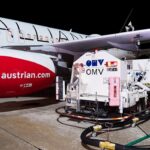
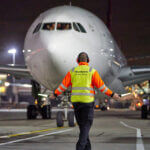
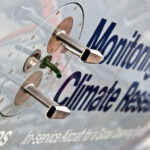


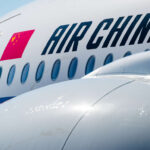
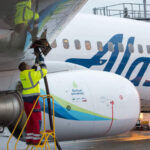
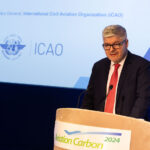
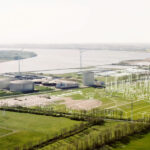
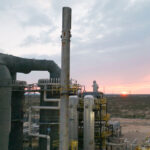

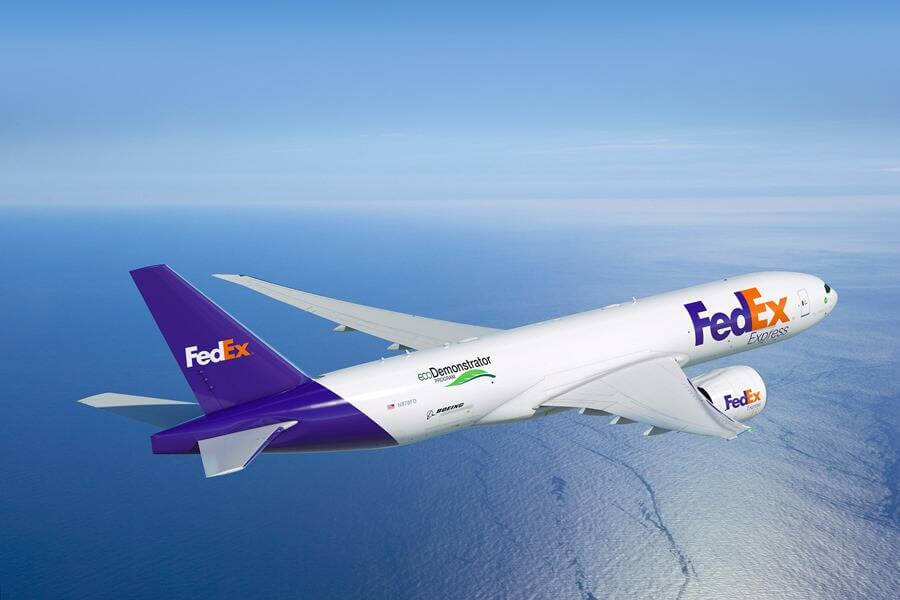

More News & Features
Progress on decarbonising the airline sector has been slow this year, says IATA chief
EASA releases status report on Europe’s SAF production and readiness to meet blending targets
Carbon reduction consultancy Watershed facilitates SAF certificate deals through SABA
New partnerships formed to drive e-SAF production in Nordic markets
IAG continues to go big on e-SAF as it inks 10-year offtake agreement with Infinium
US on the pathway to achieving its 2030 SAF Grand Challenge target, says DOE report